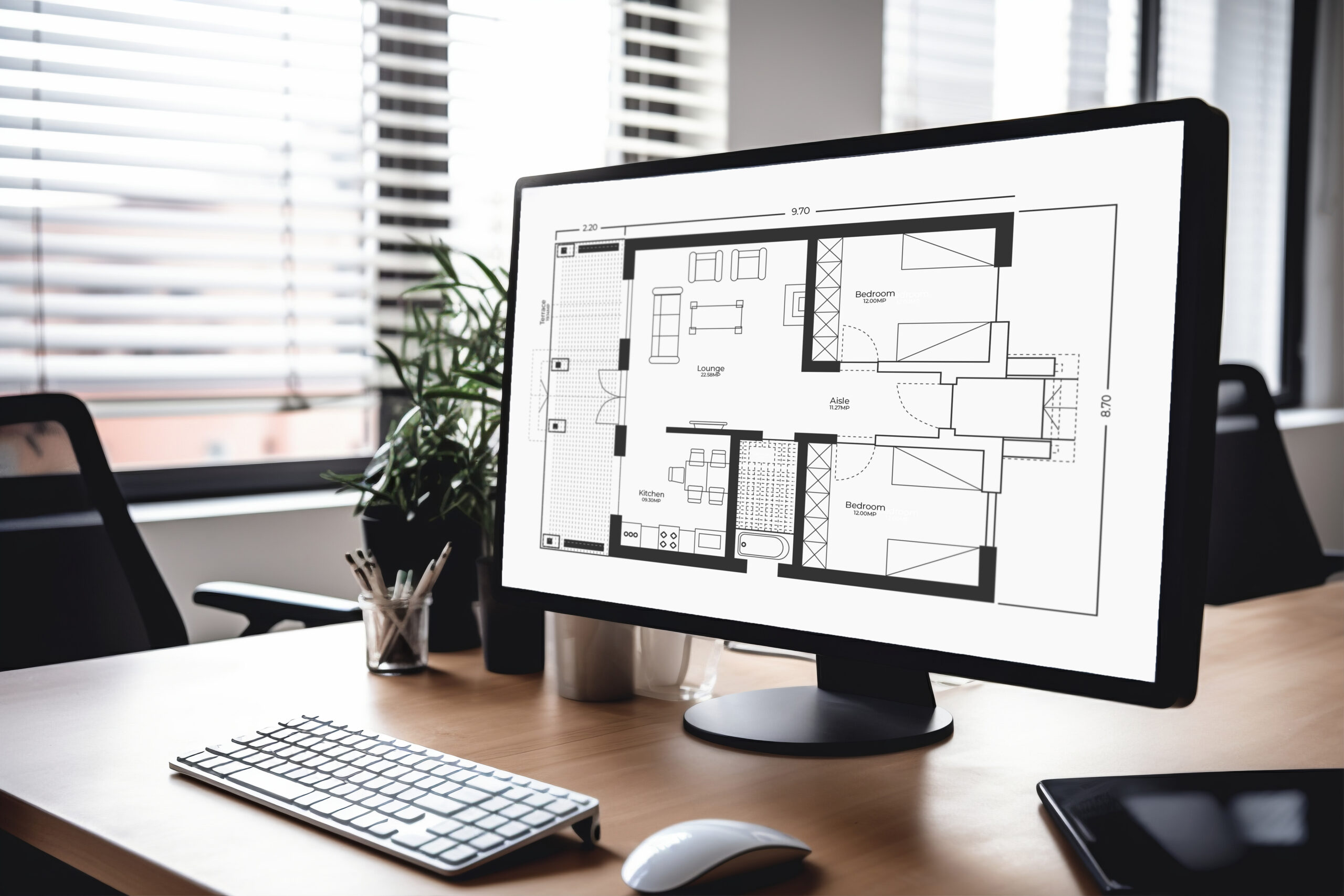
The Art and Science of Interior Designing
Interior designing is more than arranging furniture or choosing color palettes—it’s the harmonious blending of creativity, functionality, and aesthetics to create spaces that inspire and serve their purpose. It’s an art form that transforms houses into homes, workplaces into hubs of productivity, and public spaces into experiences worth remembering.
At its core, interior designing is about understanding the needs and desires of the people who will inhabit the space. A skilled designer takes into account not only the physical dimensions of a room but also the emotions, activities, and goals tied to it. Every element, from the lighting and furniture to the textures and décor, is thoughtfully curated to reflect personality and practicality.
- Space Planning:
One of the foundational aspects of interior design is optimizing the use of available space. This involves creating layouts that promote flow, balance, and functionality, ensuring every square foot serves a purpose. - Color Theory:
Colors have the power to evoke emotions, set moods, and create illusions. A skilled designer understands how to use color schemes to make a room feel more spacious, cozy, or vibrant, depending on the desired outcome. - Materials and Textures:
The tactile and visual qualities of materials play a crucial role in interior design. Combining smooth, rough, glossy, or matte textures can add depth and character to a space. - Lighting:
Lighting is a transformative tool in interior design. From natural light pouring through windows to strategically placed fixtures, the right lighting can enhance the ambiance and highlight key design elements. - Personalization:
No two designs should be alike because no two clients are the same. Personalization is what makes a space feel truly unique and reflective of its occupants’ identity and lifestyle.
Interior designing is constantly evolving to incorporate new trends, technologies, and sustainability practices. Today, designers are embracing eco-friendly materials, smart home technologies, and minimalistic aesthetics that align with modern sensibilities. At the same time, timeless styles like vintage and industrial continue to inspire contemporary designs.
In a world where spaces profoundly impact mental well-being and productivity, the role of interior designers has never been more significant. They don’t just design spaces; they create environments that improve the quality of life and leave lasting impressions.
Whether it’s designing a luxurious living room, a cozy café, or a cutting-edge office, interior design is about telling a story—a story of the people who live, work, and thrive in those spaces. It’s where imagination meets functionality, turning dreams into reality one room at a time.




